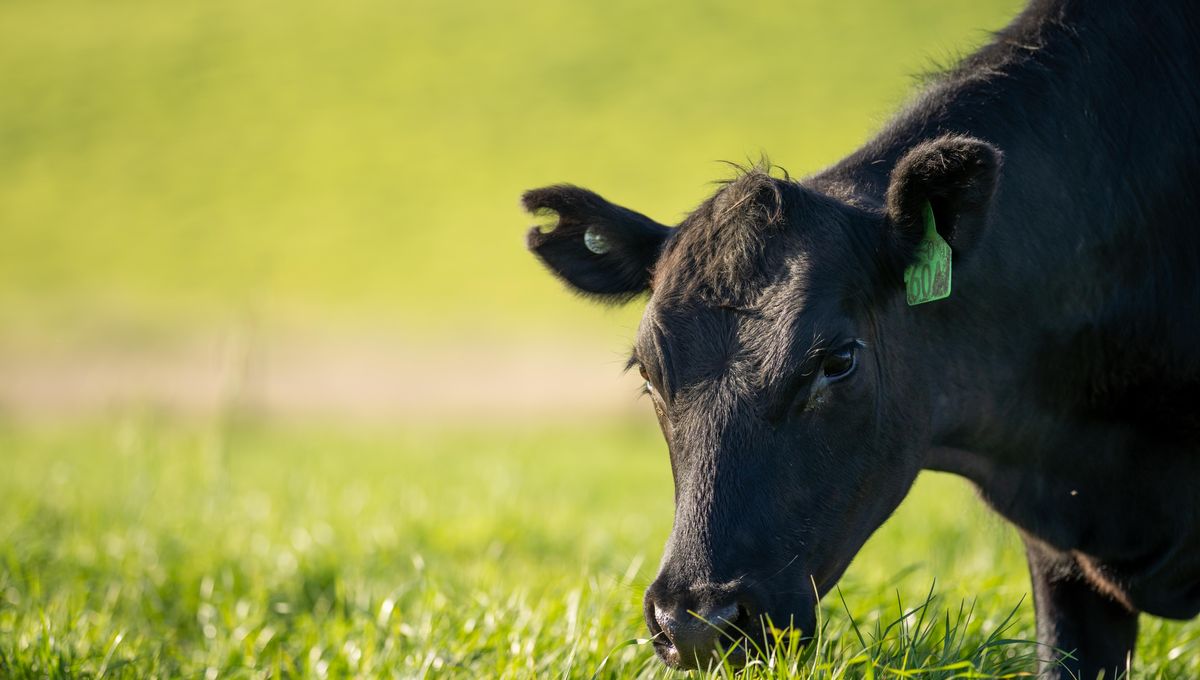
The highly pathogenic H5N1 bird flu strain that’s been spreading among poultry, wild birds, and a number of mammal species across the globe has been detected for the first time in beef from a US cow. The meat did not enter the food supply – but after the recent detection of virus fragments in milk, it’s led some to question whether we can be totally confident that the food system will never be a source of transmission to humans.
The USDA Animal and Plant Health Inspection Service (APHIS) announced on Friday, May 24, that beef from 96 dairy cows had been tested for flu virus particles. Tissue samples, including muscle, from one cow tested positive. Since this cow had been culled due to showing signs of illness, the Food Safety and Inspection Service (FSIS) stressed that it could not have entered the food supply.
“These actions provide further confidence that the food safety system we have in place is working,” the announcement reads, adding, “USDA is confident that the meat supply is safe.”
The outbreak has so far been limited to dairy cattle, and no virus has been detected in herds raised for meat. Similar questions were asked about the commercial milk supply when inactive H5N1 fragments were detected in pasteurized samples back in April, but the very fact that the fragments were inactivated shows that our best defense against milk-borne pathogens – pasteurization – was working as intended. Any risk is likely to arise from consuming raw milk, which is a very bad idea at the best of times.
With beef, however, it may not be so simple. APHIS says it continues to recommend cooking all meat to the safe internal temperatures that have been determined to kill any microbes that might be lurking, but the fact is that beef is frequently consumed rare, or even raw.
This fact, according to food safety and veterinary health expert Dr Gail Hansen, who spoke to the New York Times, could mean the agency’s confidence in the total safety of the meat supply is premature. “So once again the assurances from government agencies, before the science is in to confirm or deny the assumptions, continue to undermine the confidence by the public,” Hansen said.
However, there is reason to believe that even rare beef might be safe. In its announcement about the detection of H5N1 in dairy cow tissues, APHIS also details an experiment carried out by the Agricultural Research Service (ARS). Large amounts of H5N1 were added to some burger patties before they were fried up to different temperatures and tested.
“There was no virus present in the burgers cooked to 145 (medium) or 160 (well done) degrees, which is FSIS’ recommended cooking temperature,” they said. “Even cooking burgers to 120 (rare) degrees, which is well below the recommended temperature, substantially inactivated the virus.”
The message from them is clear – meat or milk, even from infected cows, should be safe for human consumption as long as usual precautions around cooking, handling, and pasteurization are followed.
It’s difficult not to be concerned by news of the continued spread of H5N1 flu. The virus has reached the remotest corners of our planet, affecting species we might not have thought would be vulnerable. While the US dairy cow outbreaks have led to two recorded human cases so far, both individuals have thankfully recovered, after experiencing only mild symptoms. Sustained transmission between humans, which the virus would have to figure out if were to have true pandemic potential, has not been seen.
But if we don’t want to sleepwalk into the next health emergency, it’s vital that agencies like the USDA keep a close watch on how the outbreak is progressing, and analyses like this are a big part of that.
Source Link: H5N1 Bird Flu Now Found In Beef, But Experts Say The Food Supply Remains Safe